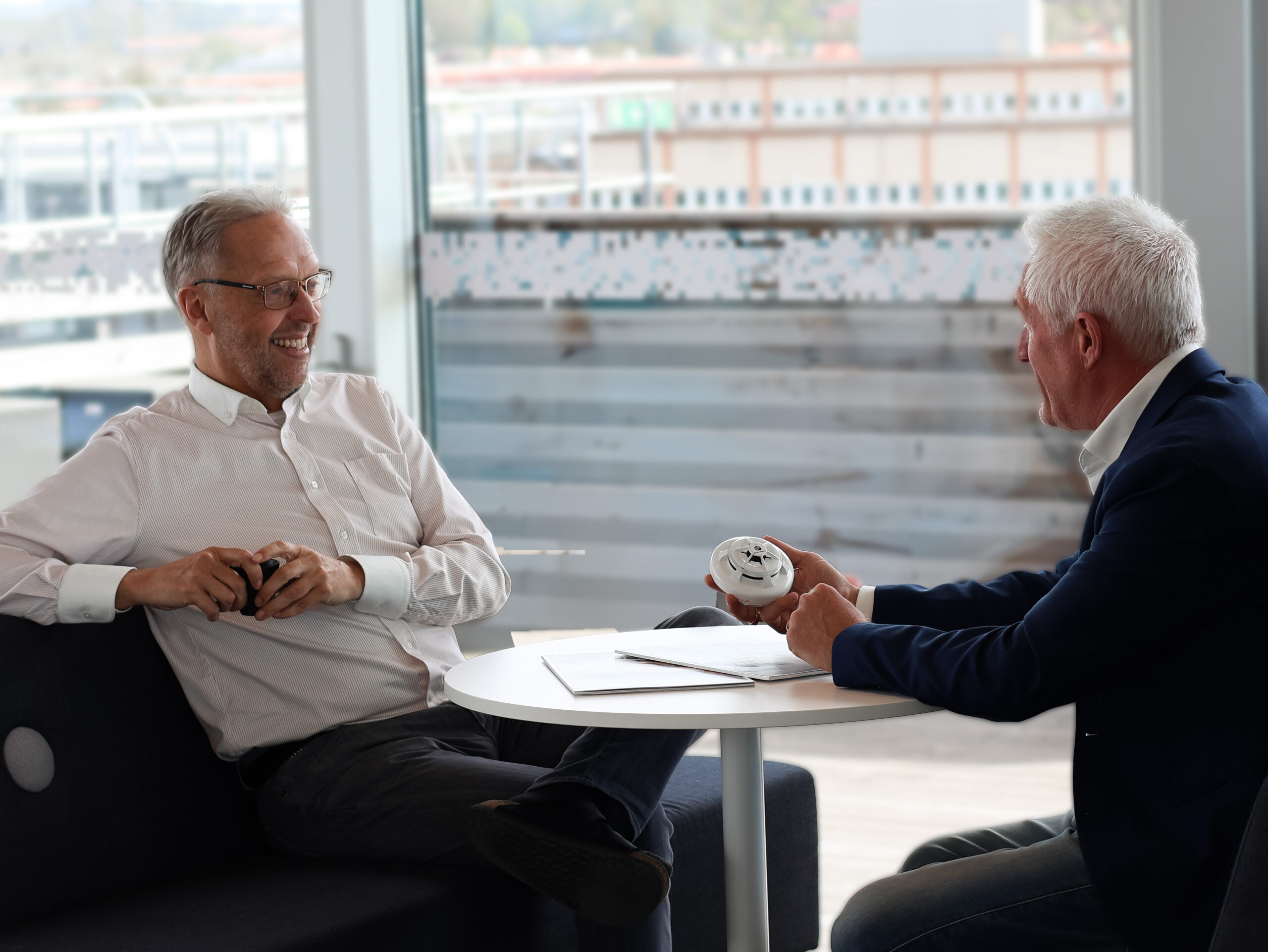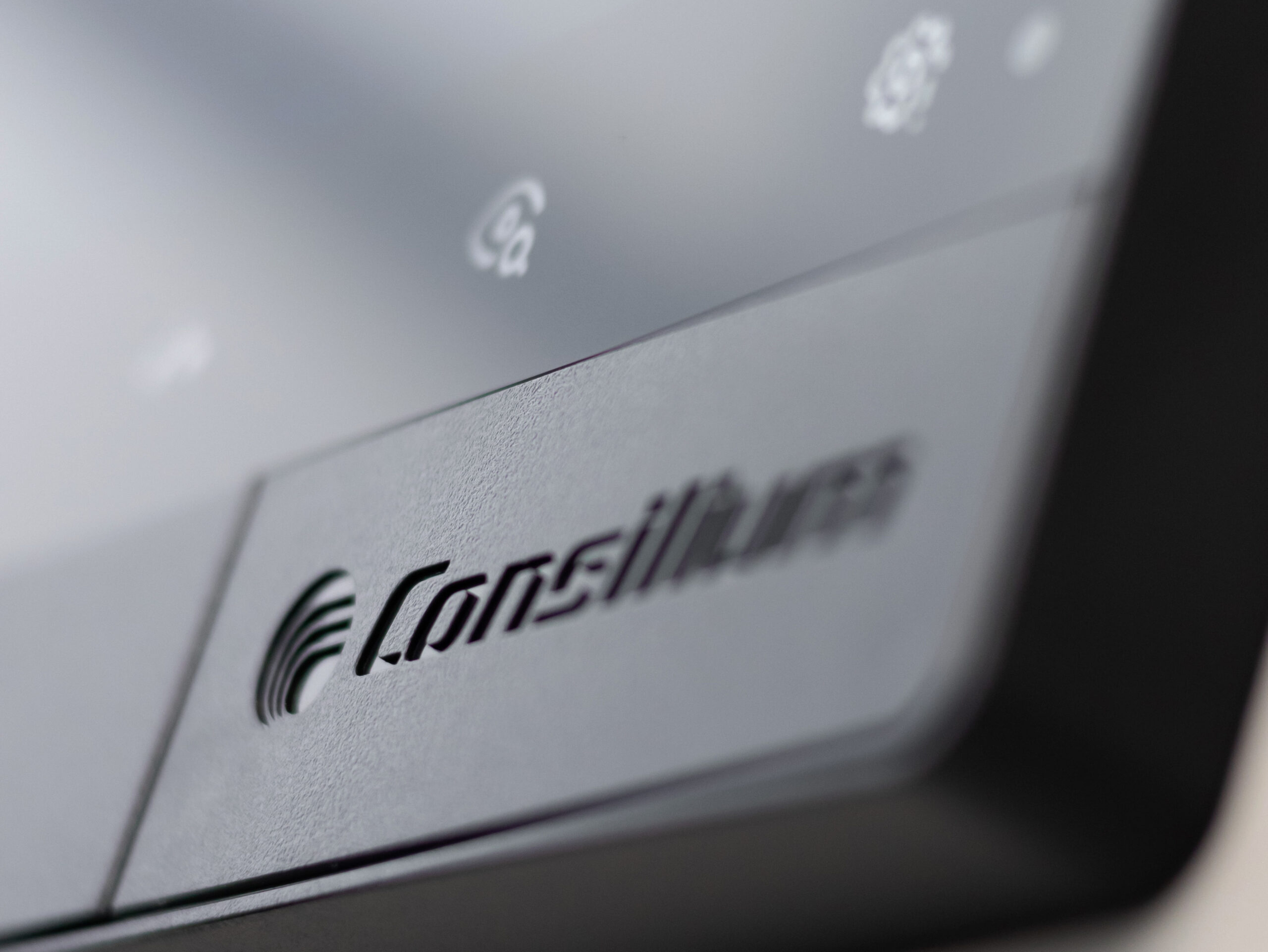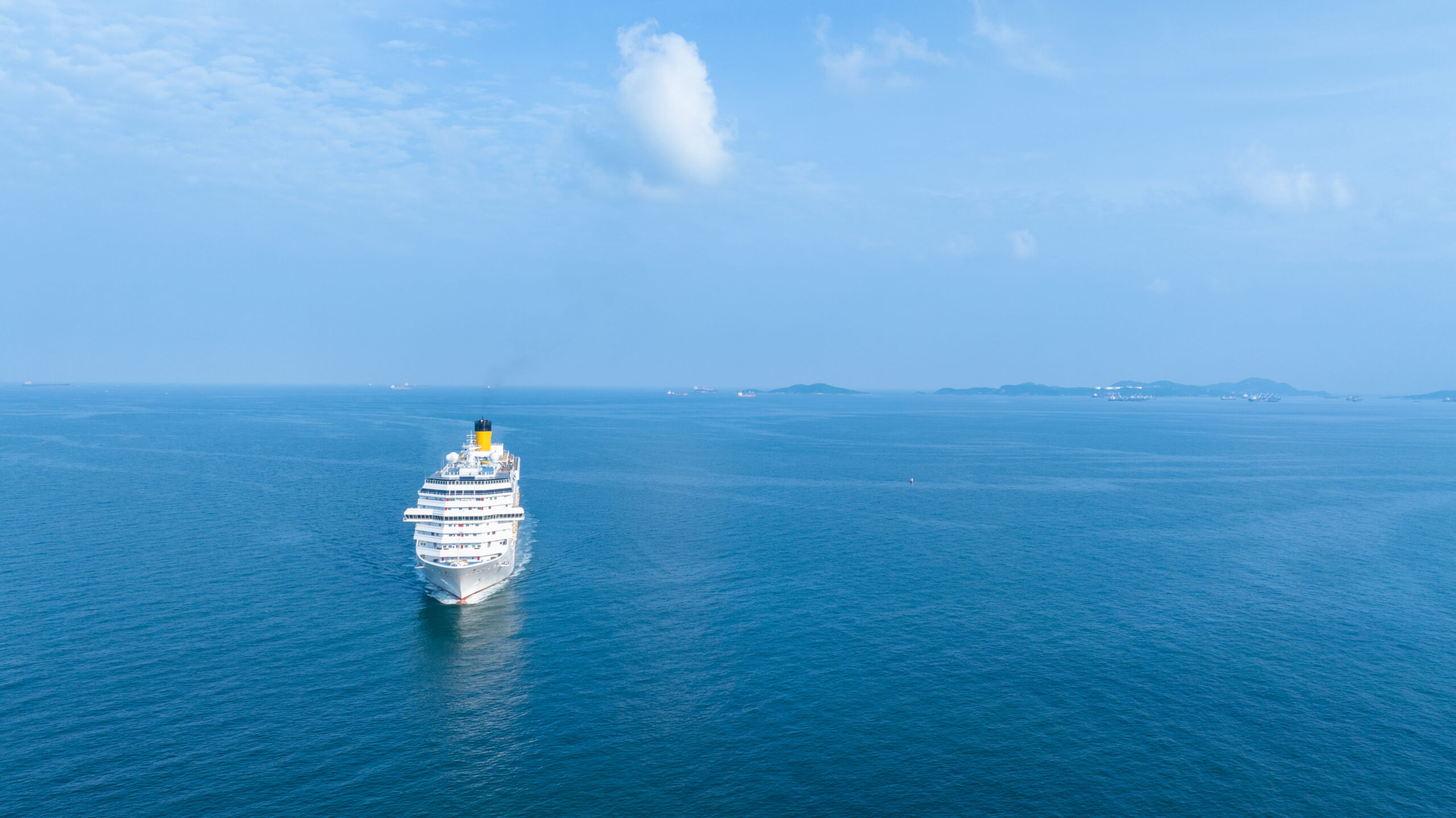“You can still hear it in old sailors’ songs,” says Patrick Olander, Vice President of Customer Insights at Consilium Safety Group. “The rhythm of a different time. Ships in port for days, sometimes weeks. One could load, unload, or repair at a different pace”.
He sips his coffee and looks at his three-decades-long colleague, Kenth Sandell, who leads technology innovation at Consilium. The kind of look that comes from years of solving problems together.
“There was more time back then”, Sandell adds, “Today, global trade moves faster; a ship may have just hours in port. Turnarounds are tight.”
Digitalisation has enabled much of this progress; ships are quicker, smarter, and more automated. But it has also added complexity.
“Now, every minute counts,” says Olander. “You have to respond fast.”
Uniting the industry
The Swedish Transport Administration funded a research project on maritime support to understand how these challenges affect daily operations. The Swedish Shipowners’ Association led the work in cooperation with researchers at Chalmers University of Technology.
They carried out the project in close collaboration with industry representatives and stakeholders, collecting data, discussing findings and their relevance, and disseminating results.
Olander and Sandell participated in the study for Consilium Safety Group, a company that works with some of the ships’ most critical onboard systems—fire, gas, and flame safety technology. These systems form part of the ships’ operational backbone, alongside navigation and engine operation, and must work together to keep vessels moving.
They are pleased with how the project brought the industry together.
“We had everyone around the table,” says Sandell. “Shipping companies, authorities, researchers, insurers, technical bodies, suppliers—everyone brought knowledge and listened.”
Fragmentation in support
“You can have the smartest systems in the world,” says Olander, “but if they’re not supported properly if they don’t talk to each other, or if help doesn’t arrive in time, everything slows down.”
One key finding from the research was how fragmented support has become. Crews may juggle a dozen systems from different vendors, each with a manual and contact point. When something breaks, solving it can mean chasing answers through phone calls, emails, or even faxes across time zones.
“You can end up with ten different actors in the support chain,” Olander says. “In the simplest case, it’s one engineer and one crew member. But if a part breaks, you suddenly involve logistics teams, port agents, and invoicing departments.”
In more complex cases, support spans continents. Spare parts need to be sourced and shipped to the right port, and technicians must arrive on time with the right tools. “All of this happens manually,” Olander says. It works, but nothing is streamlined.”
Closing the Digital Gap
Part of the reason is that digital systems vary worldwide. Some have fast, connected tools, while others rely on manual routines.
Consilium develops solutions to make support functions more seamless—helping crews solve issues faster and with fewer steps. Since 2018, the company has worked with digital twins. It is now implementing AI-driven fault analysis tools that spot recurring patterns, learn from past cases, and prepare crews before the ship docks.
“All the data we gather from a ship while it’s at sea can help us build a to-do list before it reaches port,” says Olander.
But technology alone doesn’t solve the problem. The “First Time Fix,” as Sandell calls it, depends on more than one thing. It takes preparation and local knowledge. It takes someone who knows the ship, has seen it before, and understands how the systems behave.
“It’s something we’ve worked on for years,” says Sandell. “To fix a problem in one visit, you need more than data. You need context. And you need to be close to the customer.”
Support as part of the procurement
Sandell and Olander point out that support should be part of the conversation long before a system is installed. It must be included in the procurement process with clear expectations and responsibilities.
“You can’t define a system by its technical specs,” says Sandell. “You need to ask what kind of support this requires and what kind of access, responsiveness, or diagnostic capabilities should come with it”.
This is one of the shifts the findings from the Chalmers research pointed out. Support needs to be part of both safety and operations. The industry should start having earlier and clearer talks between shipowners and suppliers, including service, tools, and how support will work.
Capturing operational knowledge
At the same time, researchers and industry professionals identified a recurring issue onboard: what Olander calls the “MacGyver effect.” The crew solves problems creatively—a tweak here, a workaround there—but these improvised fixes are rarely documented or shared. The next technician, or even the same crew on a different ship, faces the same problem from scratch.
“We need to start capturing that knowledge,” says Olander. “That’s real operational insight.”
He compares it to visiting a doctor. “The first thing they do isn’t just look at your test results. They ask what you felt, what you saw, what changed. It’s the same here. When a crew member says, ‘there was a strange noise, something blinked,’ that’s the detail we need—but it’s often never recorded.”
The role of AI
This is where Consilium sees potential in AI. By aggregating data across service logs, design specs, and sensor inputs, support teams can access live alerts and history of what’s been tried before—what worked, what didn’t, and under what conditions.
“Even a new technician could benefit from that context,” says Olander. “It’s like giving them a colleague who’s seen it all before.”
That kind of system could also ease another frequent request from the Chalmers study findings: a dedicated support contact. But as Olander puts it, having one trusted name on the other end of the line becomes more challenging to scale as staff rotate.
“AI might not replace that person,” says Olander, “but it can help support teams deliver the same kind of continuity and accuracy.”
Making support more efficient
But even with more innovative systems, timing and context still matter. “If a ship is in port for two hours, there’s no point delivering a solution in ten minutes if it doesn’t fit the situation,” he adds.
They also echo one of the study’s more subtle conclusions: that the people using these systems must be more involved in their development.
“User-centred design is often where things go wrong,” says Olander. “We need to ask the people who operate the systems what they need to do their jobs.”
Respondents in the research, including shipping operators, point to standardisation as part of the solution, something Olander and Sandell also support.
“Needing new training just because you switch supplier isn’t sustainable,” says Sandell. “It’s like needing a new driver’s license every time you change car brands. That has to be more streamlined.”
Olander fills in.
“Systems need to talk to each other seamlessly,” he says. “It doesn’t matter if it’s navigation, safety, or engine control—support works when everything is connected.”
Sandell nods. “System integration. A common language,” he adds. “Something everyone in the supply chain—on board, on land, across suppliers—can understand and work with.
Talk safety with us
There are thousands of questions regarding safety. But there are also thousands of answers. Talk safety with us – we are ready when you are.



